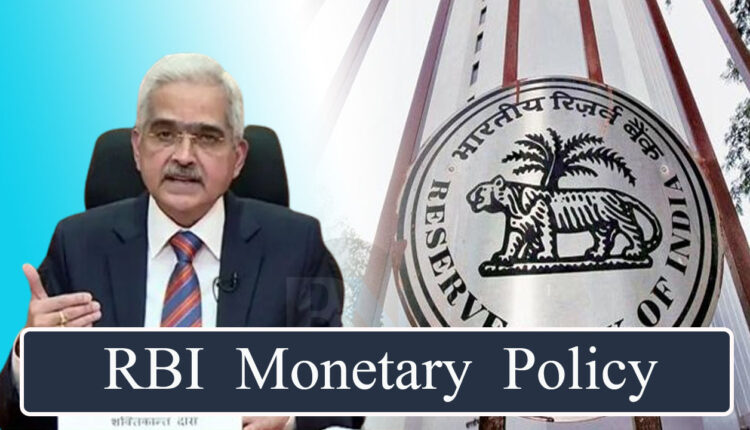RBI Monetary Policy LIVE : RBI Monetary Policy LIVE : Repo rate remain unchanged 6.5%
FY 24 CPI inflation forecast retained at 5.4%. Real GDP growth in 2024-25 is projected at 7%.
Mumbai : RBI Monetary Policy Committee has retained repo rate at 6.5%.onsequently, the standing deposit facility (SDF) rate remains unchanged at 6.25 per cent and the marginal standing facility (MSF) rate and the Bank Rate at 6.75 per cent.
“On the basis of an assessment of the current and evolving macroeconomic situation, the Monetary Policy Committee (MPC) at its meeting today (February 8, 2024) decided to keep the policy repo rate under the liquidity adjustment facility (LAF) unchanged at 6.50 per cent. Consequently, the standing deposit facility (SDF) rate remains unchanged at 6.25 per cent and the marginal standing facility (MSF) rate and the Bank Rate at 6.75 per cent. The MPC also decided to remain focused on withdrawal of accommodation to ensure that inflation progressively aligns to the target, while supporting growth. These decisions are in consonance with the objective of achieving the medium-term target for consumer price index (CPI) inflation of 4 per cent within a band of +/- 2 per cent, while supporting growth” Said Governor Shaktikanta Das.
He said, global growth rate to remain sturdy in 2024 with heterogeneity across regions. Though global trade momentum remains weak, its showing signs of recovery and is likely to grow faster in FY 2024. FY 24 CPI inflation forecast retained at 5.4%. Real GDP growth in 2024-25 is projected at 7%. CPI Inflation is projected at 5.4% for the current 2023-24 financial year with the projection for the current quarter at 5%. In FY25, the CPI Inflation is projected at 4.5% with Q1 at 5%.
The Governor said, “Amidst the current headwinds elevated levels of public debt are raising serious concerns on macroeconomic stability in many countries, including some of the advanced economies. The global public debt to GDP ratio is projected to reach 100% by the end of this decade. The public debt levels in advanced economies, in fact, are much higher than those in the emerging market economies. The challenges of debt sustainability in an environment of high-interest rates and low growth at the global level can become new sources of stress. Reducing debt burdens is necessary to create fiscal space for new investments in priority areas, including green transition.”

